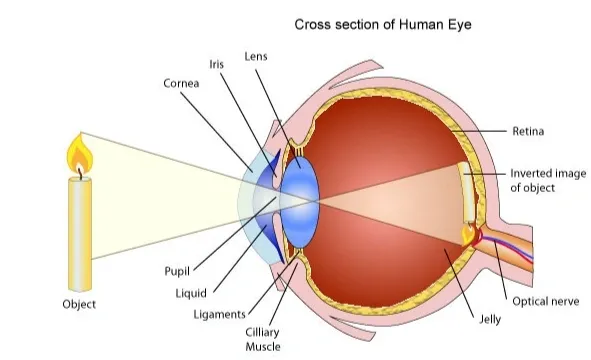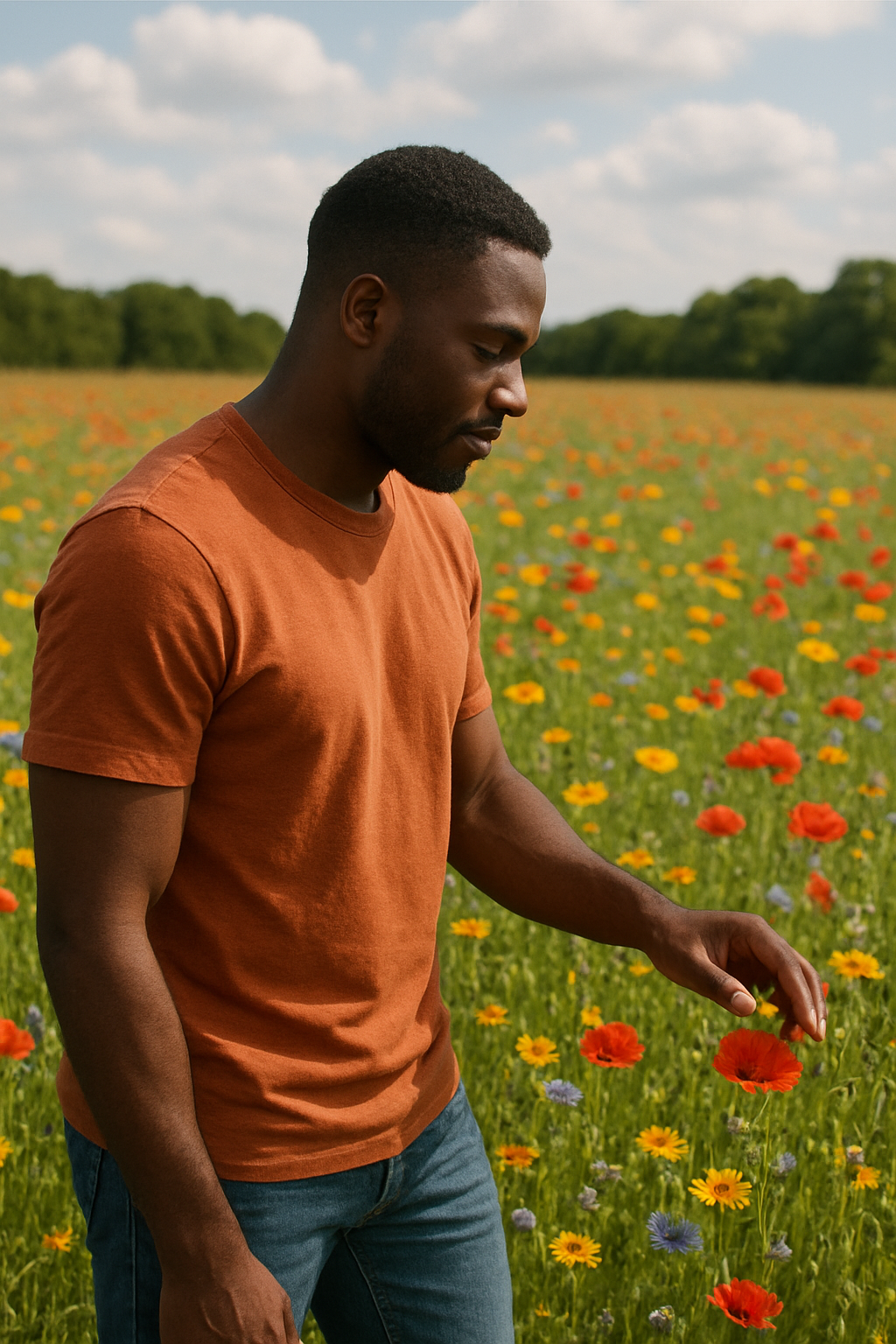Your brain is always casually presenting you with a full colour, high definition, three-dimensional movie of the world. It’s amazing, it’s beautiful and it’s taken for granted by the average person, because it’s what we’ve always known. Normalcy eradicates mystery, so we don’t usually stop to think about the incredible biology that makes this possible.
The journey from light to sight is most likely one of the most fascinating processes in the human body, so let’s explore it.

THE CORNEA: Sight starts with light. Every object either generates light or reflects it. When this light first hits your eyes, it passes through the cornea, which is a clear protective dome at the front of the eye. Just imagine it as your eye’s front window whose main job is to bend (refract) the incoming light and start to focus it.
THE IRIS AND PUPIL: The pupil is located right behind the cornea. It’s the black hole at the center of your eye that is surrounded by the iris, which is the ring of muscle that gives that rich chocolate brown colour for most Africans. The iris and the pupil work hand in hand. When light is too bright, the iris contracts, making the pupil smaller and protecting it from all that light. When light is dim, it expands, letting in more light.
THE LENS: The lens sits behind the pupil. I like to call it the fine tuner because it completes the process of focusing that was started by the cornea. It is a flexible, transparent structure that changes shape, becoming flat when an object is far away and bulging when it’s close to refine the light rays so that they hit the perfect spot at the back of your eye. It is essentially a tiny focusing system.
THE RETINA: The retina is the movie screen. It is a thin layer of tissue lining the back of your eye, packed with over 120 million specialized nerve cells called photoreceptors. These photoreceptors are basically the pixels of our natural camera are there are two types: Rods and Cones. Rods function in lowlight They allow you to see in dim conditions in shades of gray and blurry motion. They are the reason you can navigate your dark bedroom at night. Cones work with colour and detail. They are concentrated in the center of the retina in an area called the macula. They allow you to see the world in colour as they are responsible for sharp, central vision. Some cones are sensitive to red light, some to blue light, and others to green light. Every hue we perceive are a combination of these three signals!

The next time you open your eyes, take a second to admire the world around you, and appreciate the the system that works tirelessly for you to see.
THE OPTIC NERVE: A very fun fact is that vision doesn’t happen in the eyes, it happens in the brain! Interesting right? When the rods and the cones are stimulated by light, they convert the energy into electrical impulses which are then sent to the brain through the optic nerve which is basically a bundle of more than 1 million nerve fibers. You could say that the optic nerve works as a data transfer cable.
THE BRAIN: The brain is the heavy lifting director. The electrical signals sent by the optic nerve travel to the visual cortex at the back of the brain, where the colours and shapes are interpreted and compared to our memories by our brain to come to the conclusion “ah, that’s so-so item” for objects we know or “what is that?” for objects we don’t know because there is no memory the brain can compare it to. All of these; from light hitting your eyes to the brain interpreting the object happens in a fraction of a second.
There you have it!
Any time you admire some flowers, read a book, or look at your loved ones, your eyes go through these complex but quick steps that are possible through biological engineering. So, the next time you open your eyes, take a second to admire the world around you, and appreciate the system that works tirelessly from the moment you wake up to when you go to bed by booking that annual comprehensive eye examination. Some of us might need a little help to enjoy the beauty around us, but that’s okay. Sometimes, a cute pair of glasses is what you need to eradicate blurred vision, and see the magic that’s both far and near.

